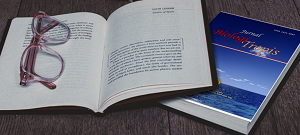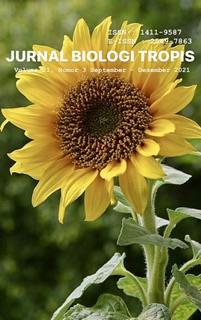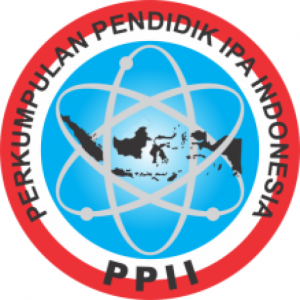
Most read articles by the same author(s)
- M. Abjan Fabanjo, Nursanti Abdullah, Analysis of the Suitability and Supporting Capacity of Mangrove Ecotourism in Yenelo Lake, Sagea Village, North Weda District, Central Halmahera Regency , Jurnal Biologi Tropis: Vol. 22 No. 3 (2022): July - September
- Sudirto Malan, M. Abjan Fabanjo, Utilization of Bioflok on Vaname Shrimp (litopenaeus vannamei) Cultivation , Jurnal Biologi Tropis: Vol. 22 No. 1 (2022): January - March
Similar Articles
- Abdonia W. Finmeta, Nur Aini Bunyani, Joritha Naisanu, Keberadaan Tempat Pembuangan Akhir Berdampak pada Kualitas Air , Jurnal Biologi Tropis: Vol. 20 No. 2 (2020): Mei - Agustus
- Daniel Wolo, Anna S. Rahmawati, Melania Priska, Insar Damopolii, Study of dug well water quality in Labuan Bajo, Indonesia , Jurnal Biologi Tropis: Vol. 20 No. 3 (2020): September - Desember
- Athifah Athifah, Maya Nuansa Putri, Sahid Imam Wahyudi, Immy Suci Rohyani, KEANEKARAGAMAN MOLLUSCA SEBAGAI BIOINDIKATOR KUALITAS PERAIRAN DI KAWASAN TPA KEBON KONGOK LOMBOK BARAT , Jurnal Biologi Tropis: Vol. 19 No. 1 (2019): Januari - Juni
- Ernawati Ernawati, Immy Suci Rohyani, Rifki Hidayatul Ardi, Annisa Firda Wahyuningsih, Baiq Hana Tasya Muflihah, Rizki Aditia Zubair, Macrozoobenthos Diversity as A Bioindicator of Water Quality in River Sesaot Village Narmada West Lombok , Jurnal Biologi Tropis: Vol. 23 No. 2 (2023): April-June
- Yahya Y.R. Tumanduk, Orbanus Naharia, Herry M. Sumampouw, Nova L.I.M. Ogi, Sukmarayu P. Gedoan, Yermia S. Mokosuli, Water Quality of Ranowangko River That Crosses Tomohon City and Minahasa Regency, North Sulawesi Province , Jurnal Biologi Tropis: Vol. 24 No. 1 (2024): Januari - Maret
- Alya Rizki Vinaima, Fatchur Rohman, Monitoring of River Water Quality in Coban Pelangi and Sungai Metro Using NSF-WQI , Jurnal Biologi Tropis: Vol. 25 No. 4 (2025): Oktober-Desember
- Bulkaini Bulkaini, B.R.D. Wulandani, IN.S. Miwada, Twenfosel O. Dami Dato, Liana Dewi, Utilization of Biduri Juice (Calotropis gigantea) in The Process of Buffalo Milk Coagulation on Quality of Soft Cheese , Jurnal Biologi Tropis: Vol. 20 No. 3 (2020): September - Desember
- M. Junaidi, Nurliah, M.Marzuki, Nunik Cokrowati, Ibadur Rahman, IDENTIFIKASI LOKASI PERAIRAN UNTUK PENGEMBANGAN BUDIDAYA LAUT DI KABUPATEN LOMBOK UTARA , Jurnal Biologi Tropis: Vol. 18 No. 1 (2018): Januari - Juni
- Ellan Hardina, Dwiria Wahyuni, Zulfian, Study on Water Quality of Sekadau River Using Pollution Index Method , Jurnal Biologi Tropis: Vol. 24 No. 2 (2024): April - Juni
- Ita Fitriyyah, Mohamad Yosef Firdaus, Astuti Kusumorini, Rahmat Taufiq Mustahiq Akbar, Diversity of Fish Species as Bioindicators of Water Quality in The Cikapundung River, Bandung City , Jurnal Biologi Tropis: Vol. 24 No. 3 (2024): July - September
You may also start an advanced similarity search for this article.


























